Untitled Document
Fireplace


|
Air Circulation: Reverse your ceiling fans in winter to draw down warm air that naturally rises and accumulate near your ceiling.
|
|
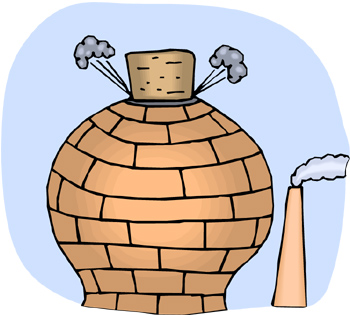
|
Chimney Plug: If you don't use your fireplace, plug the chimney with fiberglass insulation and seal the doors with silicone caulk.
|
|

|
Dry Firewood:
Seek out sources of well dried out hardwoods such as hickory, oak,
maple and ash are the most effective fuels for a wood burning stoves and
fireplaces. Compare how they stack up against fuel logs or other
man-made materials.
|
|

|
Fireplace Maintenance: Routinely
remove all ash build up from your fireplace. Never burn garbage as even
what looks like paper can contain inks and other plastic coatings that
turn toxic when burned.
|
|
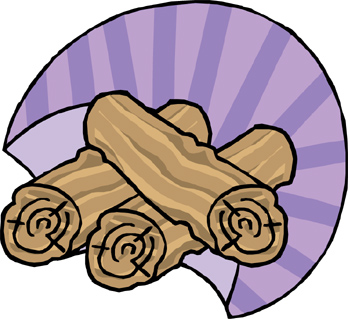
|
Firewood Grates: Use
firewood grates made of C-shaped metal tubes to draw cool room air into
the fireplace and circulate warm air back into the room.
|
|

|
Fuel Efficient Fireplace: Consider
using an insert for your fireplace. This refers to the device that
looks like a wood-burning stove. Choose those EPA-certified ones that
burn about 70% more efficiently compared to an open fireplace.
|
|

|
Gas vs. Wood Fireplaces: Be sure to investigate all the new fireplace technologies that are now available for your home.
|
|

|
Local Firewood:
Purchase from local reputable sources who can insure you are delivered
dried, termite free firewood for your home. Many states have laws
forbidding the import or export of firewood in an attempt to keep
harmful insects from hitching rides into uninvested areas.
|
|
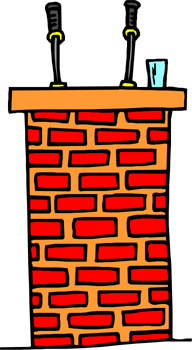
|
Natural Cooling Draft: In
the summer, open your chimney damper to create a natural cooling draft.
This reduces your need to use cooling devices such as air-conditioners
and mist coolers.
|
|
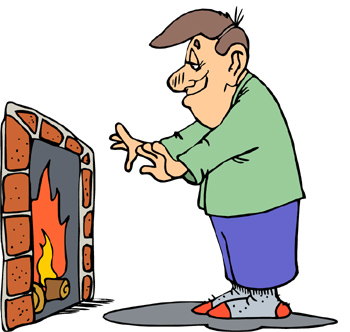
|
Observe Chimney Smoke: One
way of knowing that you are wasting energy is by observing the chimney.
When there is a lot of smoke, it means you are wasting energy since
wood that emits more heat produces less smoke.
|
|

|
Safe Chimneys:
Chimneys can accumulate a dangerous build up of soot on the inside
lining of your fireplace. For the best efficiency and safety of your
family, be sure to have them inspected and serviced as often as
recommended.
|
|
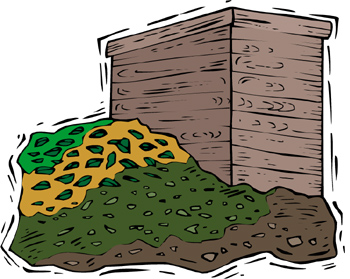
|
Seasoned Wood: The
best way to improve fireplace efficiency is by burning seasoned wood
that has been thoroughly dried. From the time a tree is cut, it takes
about six to twelve months before moisture dissipates from the log
.
|
|
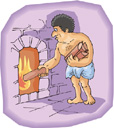
|
Starting a Fire: Never
bring gasoline or other flameable liquids inside your home to help
start a fire. A couple of pages of wadded newspaper and some well placed
dry kindling is all that is required. Keep the fuel wide open until you
get a roaring fire going. Damp down from there as needed to keep the
wood burning longer.
|
|

|
Wood Dampness Meter:
Consider an investment for as little as $20.00 in a wood dampness
meter. Double check to insure your wood has a moisture content of less
than 20% before attempting to burn it in your fireplace.
|
|
|
|
|